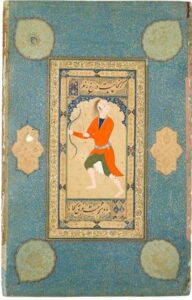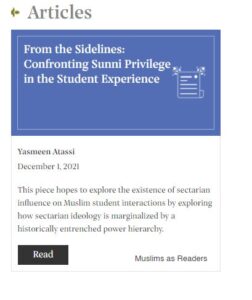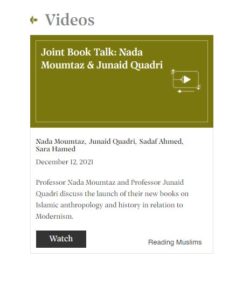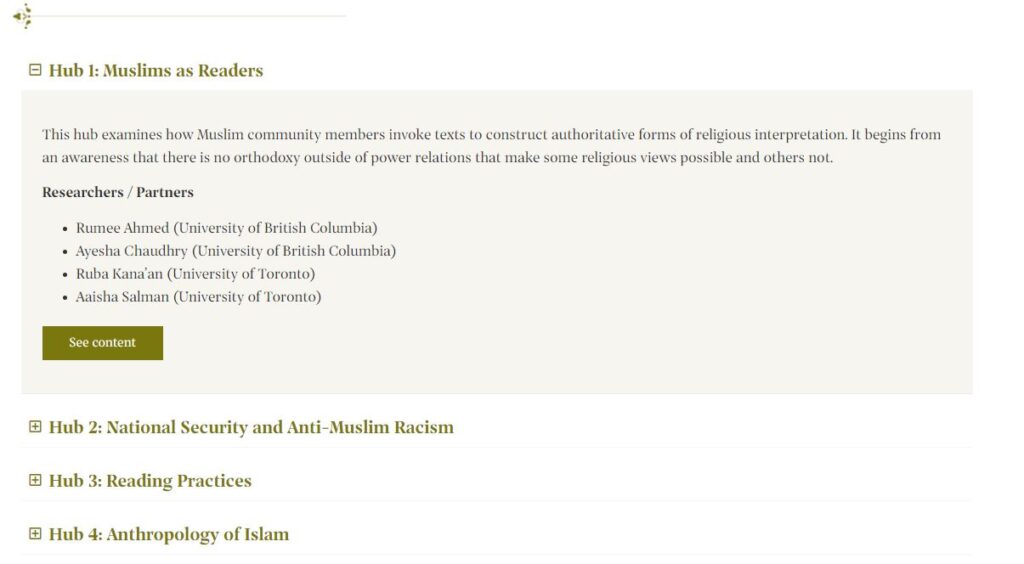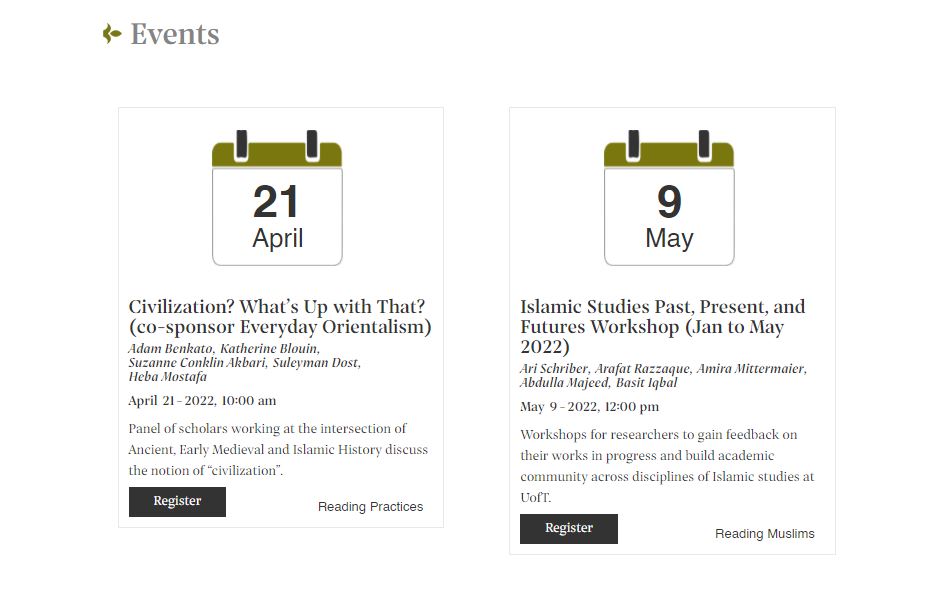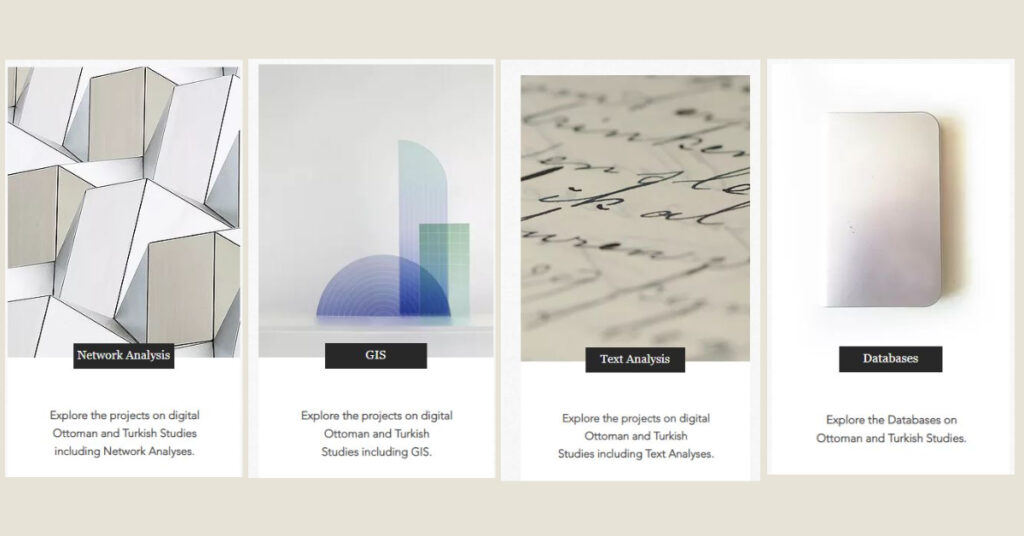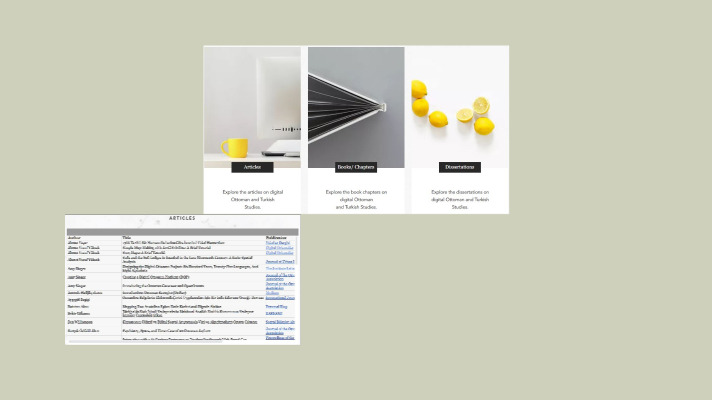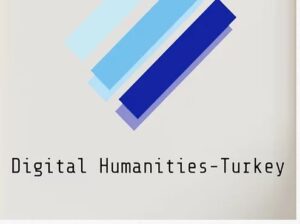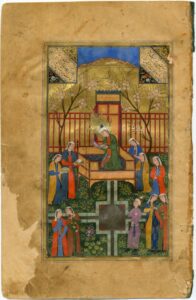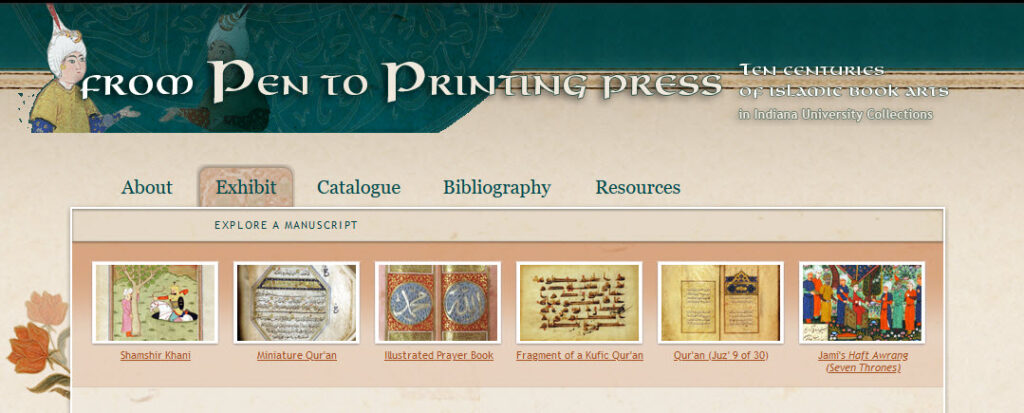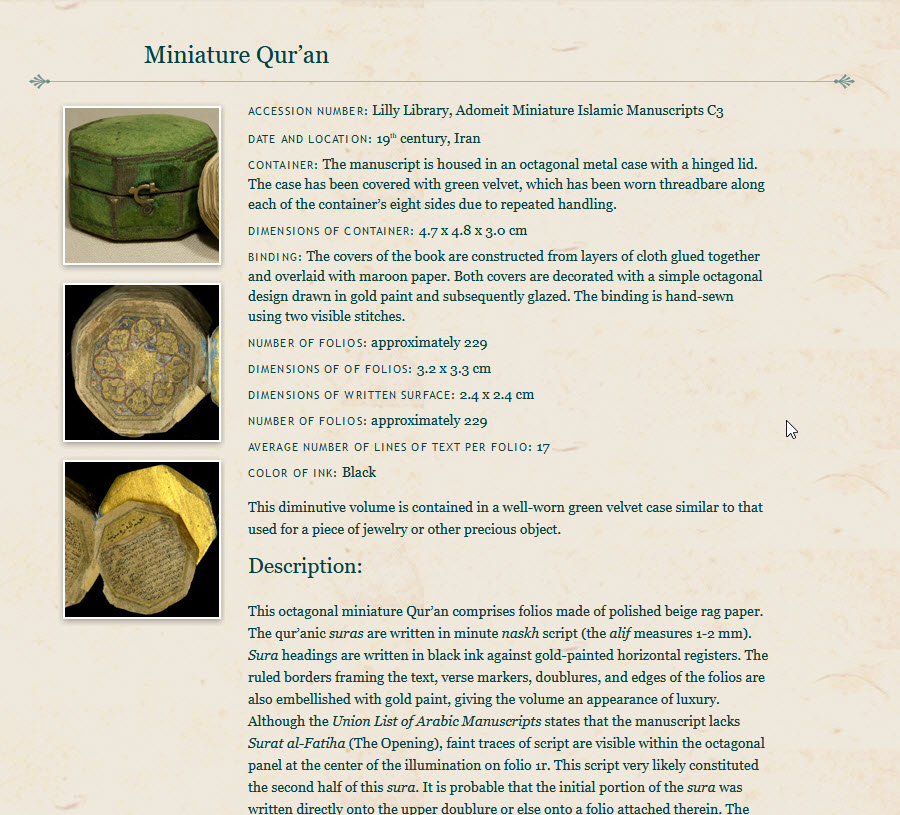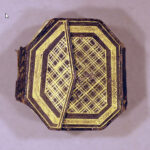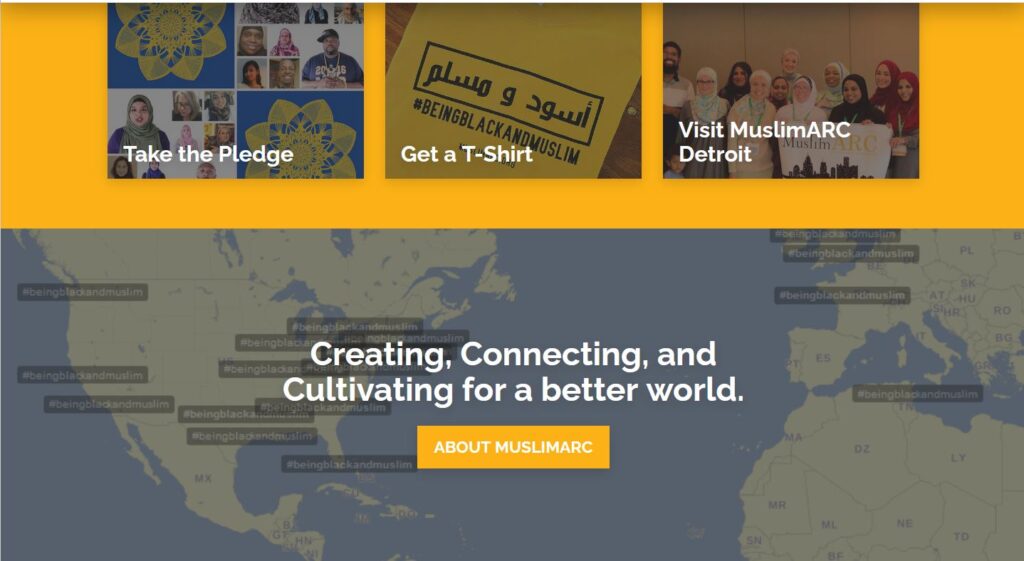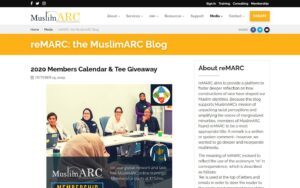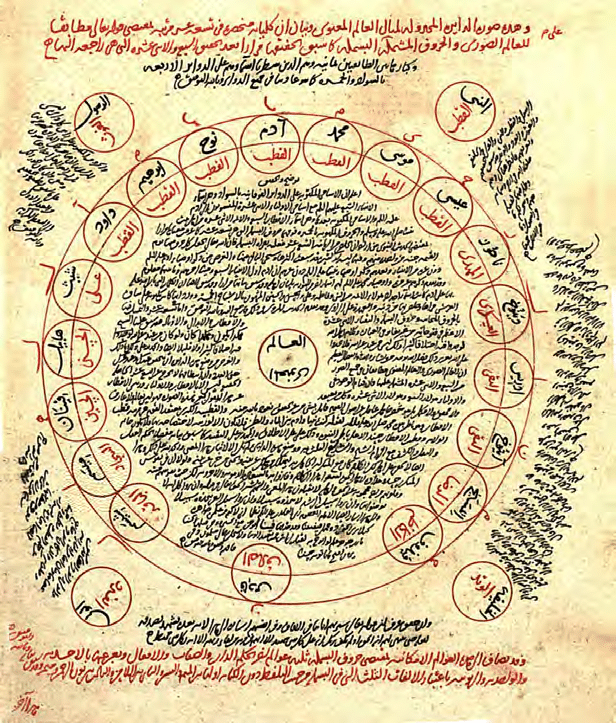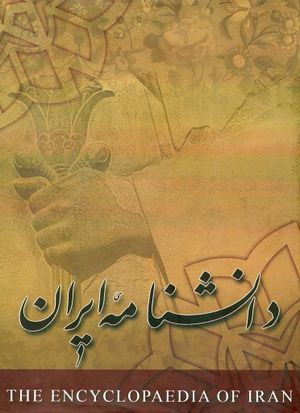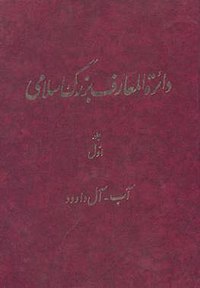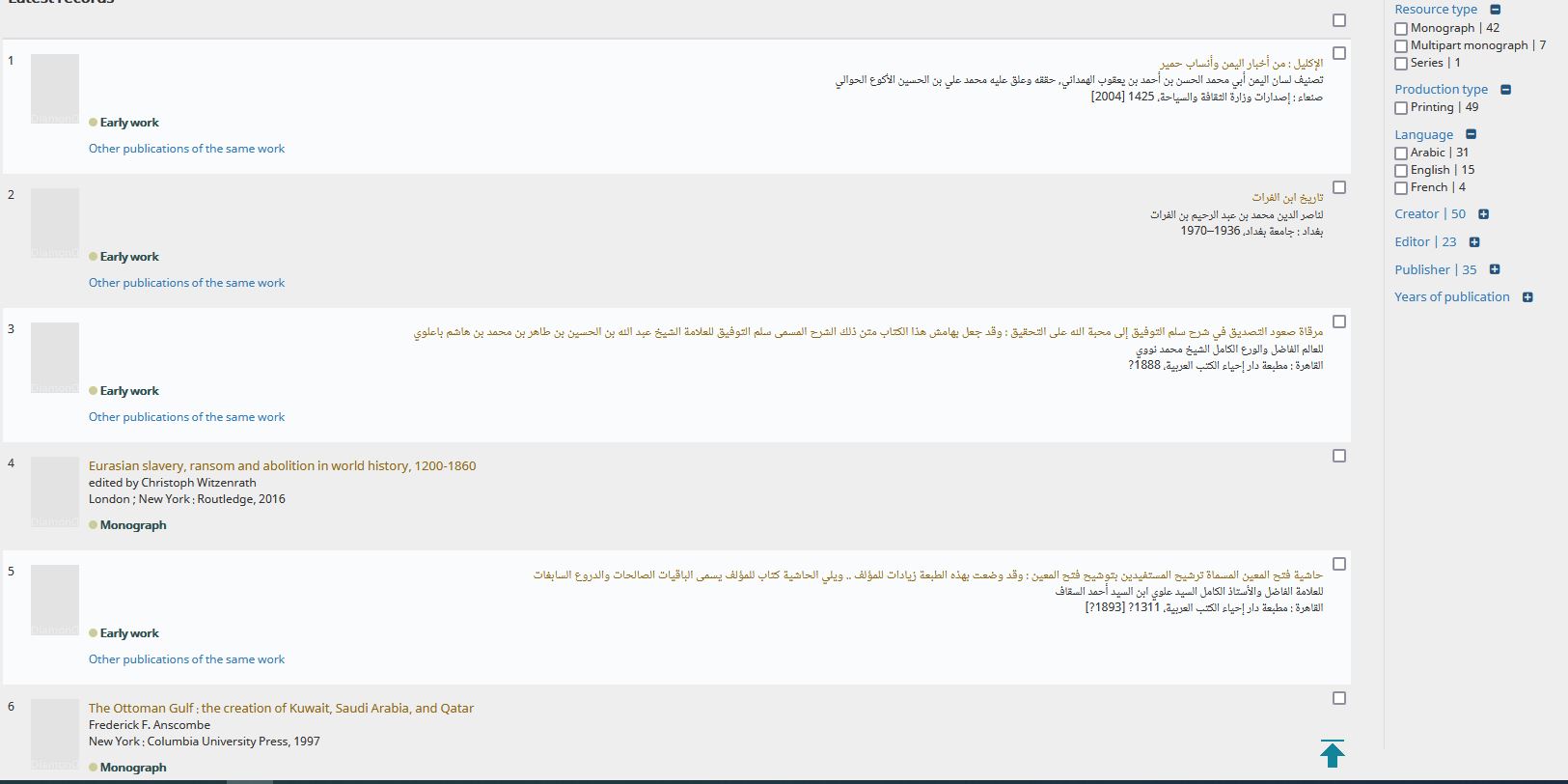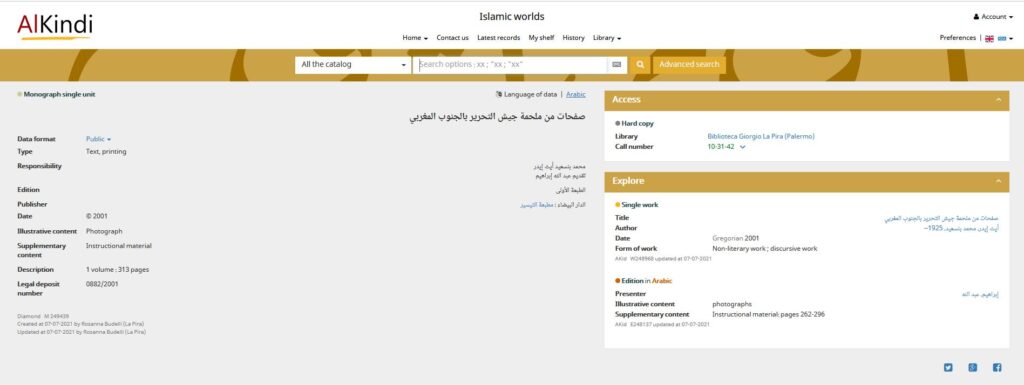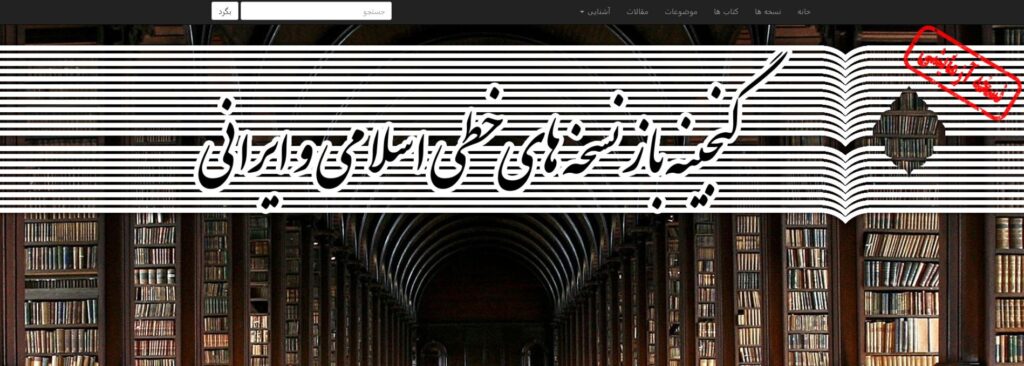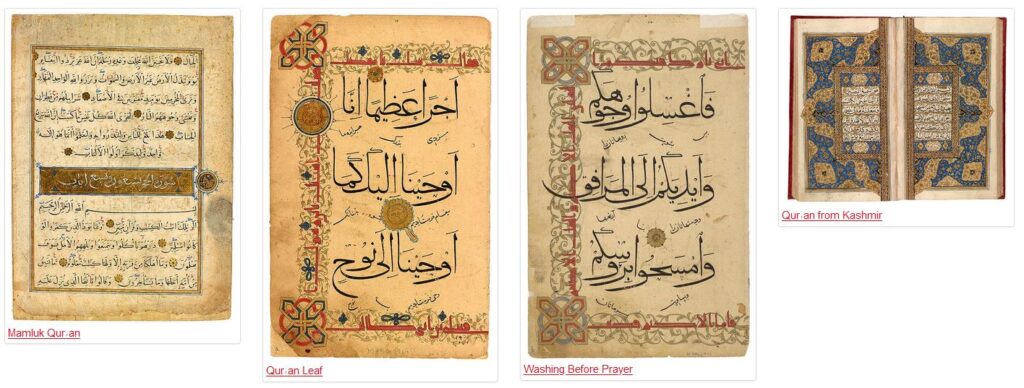
Morgan Library & Museum, located in New Your City, is a museum and an independent research library and is famous for its manuscripts’ collections which mainly consists of medieval and Renaissance manuscripts, yet Morgan Library and Museum houses various important Islamic manuscripts as well.
An online exhibition, “Treasures of Islamic Manuscript Painting from the Morgan” show cases some of these manuscripts containing exceptional paintings as well as religious and secular documents. These manuscripts range from the one that highlight works of “science, biography, history, and poetry” to Qur’an manuscripts. This exhibition provides access to a rich and diverse collection of Islamic manuscripts dating from the late Middle Ages to the nineteenth century.
“Included are such important manuscripts as the Manāfi˓-i hayavān (The Benefits of Animals)—one of the finest surviving Persian examples—and the richest illustrated life of the beloved poet Rūmī (1207–1273). Also featured are pages from the Mughal and Persian albums that Pierpont Morgan acquired in 1911 from Sir Charles Hercules Read, Keeper of British and Medieval Antiquities at the British Museum, and miniatures illustrating the work of great Persian poets.”

Manuscripts are digitized with high resolution which makes it easy to look at various details and vivid colors in paintings. Each page or painting comes with a more detailed information about its time of creation as well of a description about its content.
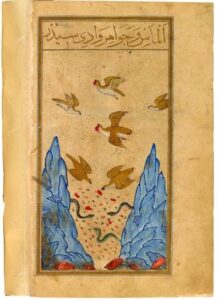
To read more about how the Morgan’s Islamic collection came to existence click here .


